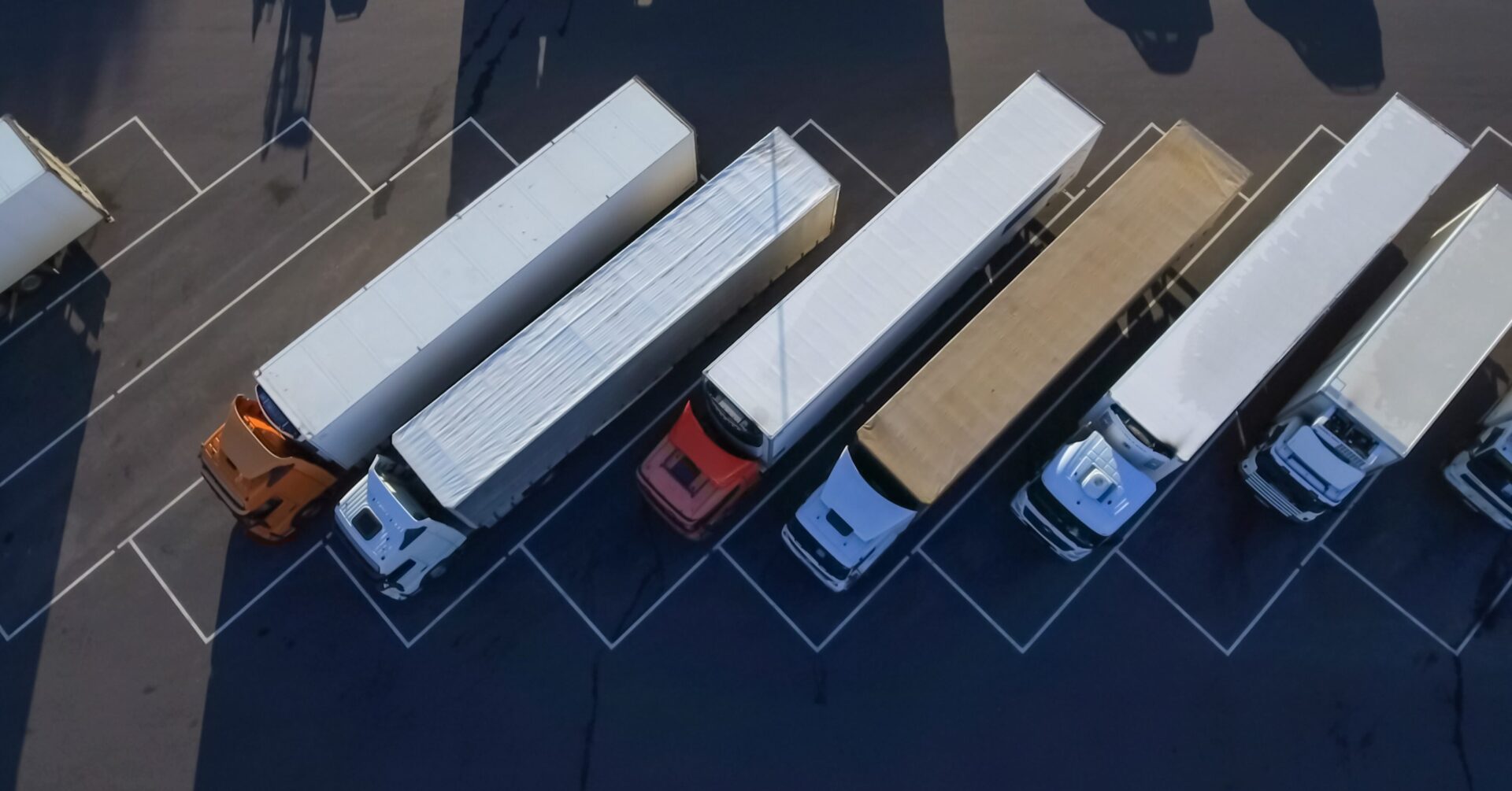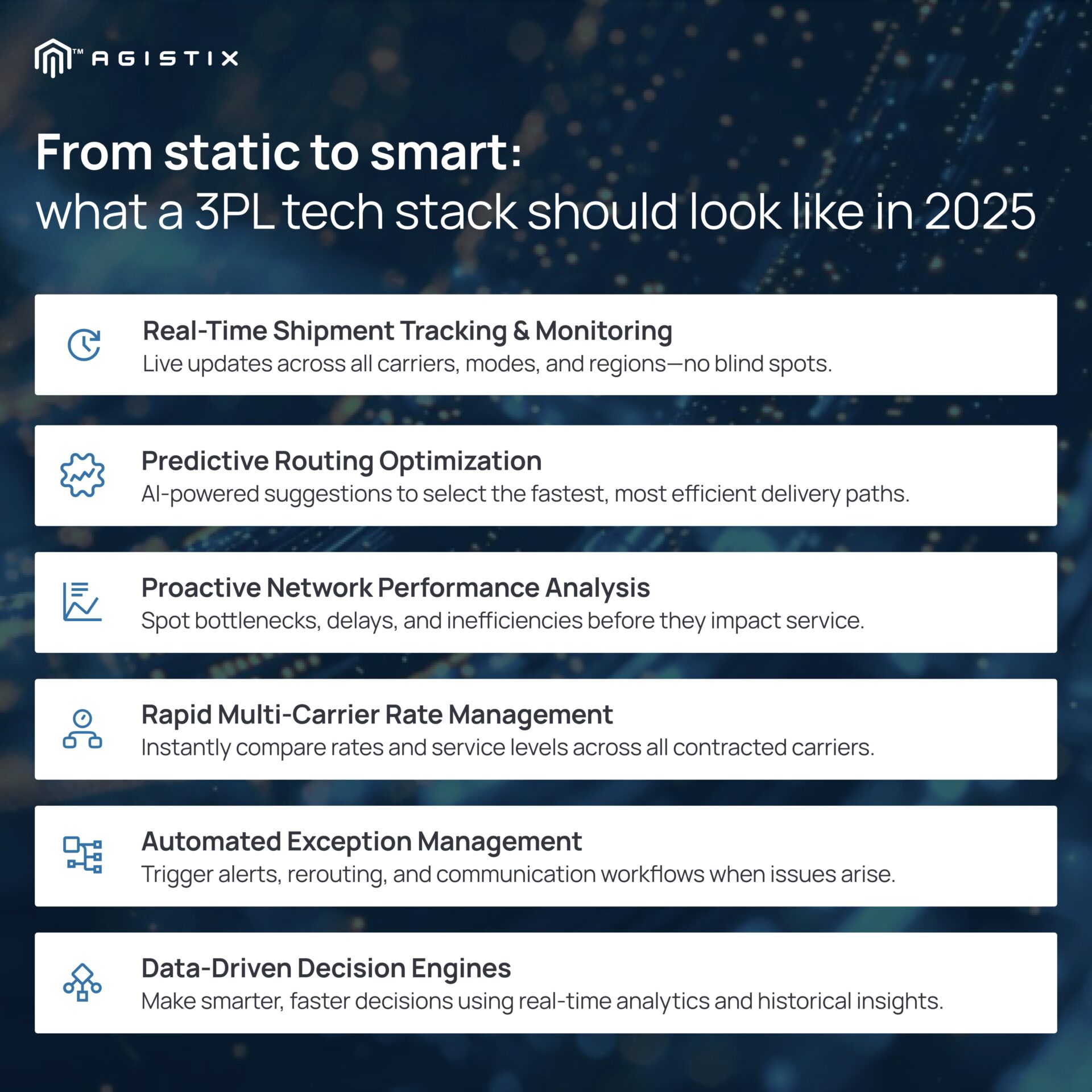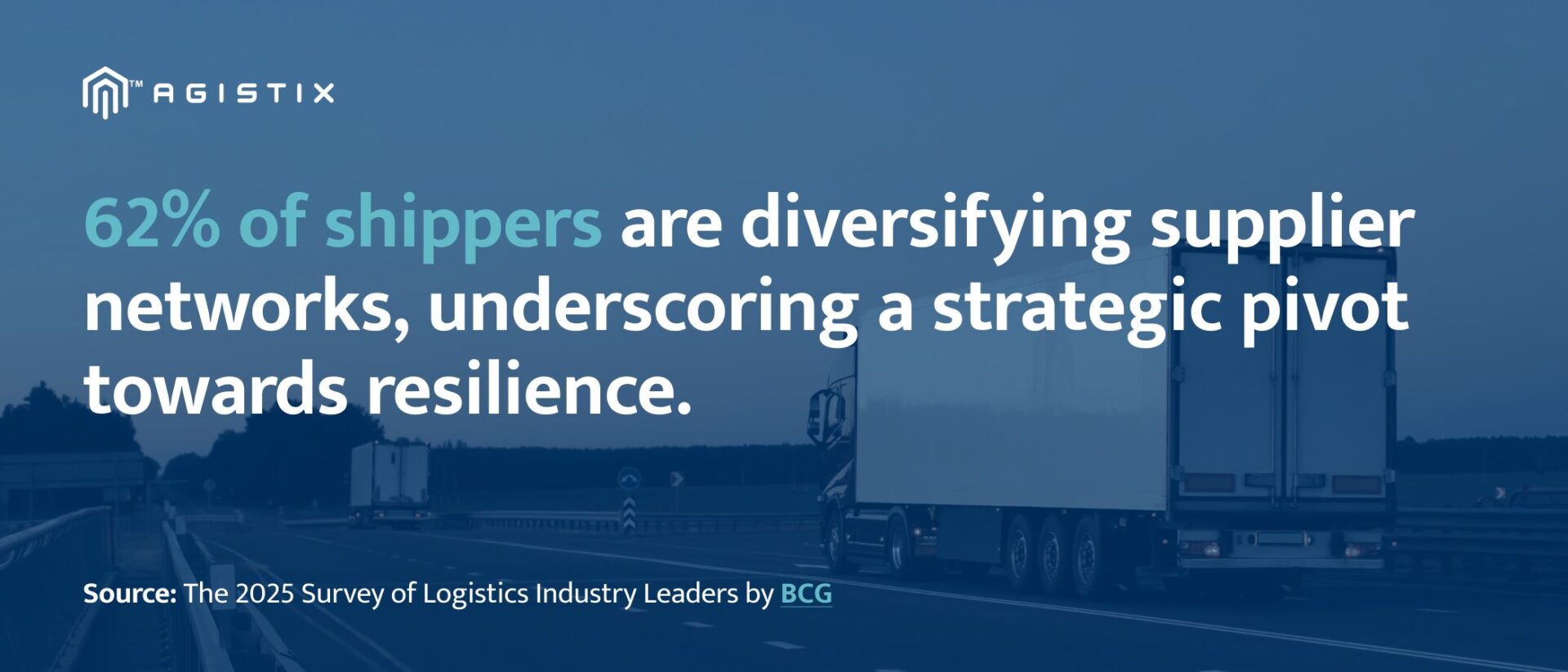August 1, 2025 - 6 minutes read

How 3PLs Can Control Costs and Drive Value in 2025
Logistics costs in the U.S. continued their upward trajectory in 2024, with CSCMP’s 2025 State of Logistics Report revealing a 5.4% year-over-year increase. This surge comes amid a backdrop of economic uncertainty, intensifying trade tensions, and supply chains that have grown increasingly complex and vulnerable to disruption. As transportation costs alone jumped 6%, logistics professionals face mounting pressure to simplify operations and better manage freight spend.
Within this challenging environment, third-party logistics providers (3PLs) play a critical role in helping shippers control costs and build strategic resilience. However, lowest price is no longer the measure of what sets leading 3PLs apart. Instead, providers must deliver measurable value, actively reducing complexity and navigating volatility for their customers. This blog outlines key strategies 3PLs should adopt to drive value and differentiate themselves in an increasingly competitive logistics market.
Navigating Complexity: Why Shippers Are Turning to 3PLs (Again)
For decades, 3PLs have been integral to logistics strategies. Prior to the COVID pandemic and resulting eCommerce boom, many shippers aimed to simplify operations by relying on a small, trusted pool of logistics providers. This approach seemed logical: consolidate volume with reputable 3PLs while keeping a few alternatives for overflow or urgent needs.
But ongoing economic and geopolitical risks have upended this model. Capacity constraints and volatile transportation prices are exposing the vulnerabilities of a concentrated provider strategy. Shippers are quickly realizing that a more diverse carrier network offers greater resilience against disruption and market fluctuations.
Today, shippers are embracing a wider array of 3PL partnerships to enhance agility and mitigate risk. But in a competitive, crowded market, 3PLs must find a way to differentiate themselves. To capitalize on this renewed demand, providers need to offer cost transparency, strategic flexibility, and comprehensive logistics solutions that address the many challenges of modern supply chains.
Expanding 3PL Capabilities Beyond Traditional Logistics
3PLs can no longer rely on traditional logistics services alone. To truly differentiate themselves and deliver value, providers must expand their capabilities to orchestrate complex, end-to-end supply chains that can adapt swiftly to changing conditions.
To effectively differentiate in this landscape, 3PLs should strategically expand their core competencies in the following areas:
- Dynamic Routing Capabilities: The traditional model of predictable, fixed routes has become a liability. Agility in routing—supported by variable consolidation and deconsolidation points—allows providers to quickly adapt to disruption, optimize load capacity, and maximize network efficiency. Dynamic routing capabilities help 3PLs pivot transportation strategies based on real-time data, to enhance resilience while reducing costs to shippers.
- End-to-End Contract Flexibility: Static contracts with predetermined lanes and rigid pricing structures leave shippers vulnerable to sudden market shifts. Providers must move toward flexible, strategic agreements that accommodate variability in origin and destination points. Transparent, adaptable contracts ensure costs remain predictable even as conditions fluctuate, helping shippers reduce costs and proactively respond to market volatility.
- Mastering the Last Mile: As eCommerce growth continues to reshape consumer expectations, shippers increasingly require support for local fulfillment and same-day delivery. Providers must establish reliable networks of last-mile partners, integrating final-mile logistics into broader supply chain strategies that support a consumer-driven marketplace.
Providers that successfully expand their capabilities will stand out in the market, positioning themselves as partners that can successfully navigate complexity and deliver long-term value.
Leveraging Data to Drive Visibility, Control, and Cost Efficiency

Real-time, centralized data remains essential to controlling logistics costs and maintaining visibility as global supply chains grow more complex. Accurate data empowers 3PLs to proactively manage disruptions and enhance decision-making across their logistics networks.
Providers can leverage data-driven insights to deliver immediate, measurable value by:
- Real-Time Tracking and Monitoring: Visibility into shipment status, asset conditions, and overall network efficiency allows 3PLs to quickly identify disruptions, manage exceptions, and maintain consistent performance.
- Predictive Routing Optimization: Analyzing demand patterns, live traffic, weather disruptions, and fuel efficiency enables smarter routing decisions and improved asset allocation, reducing costs and boosting service levels.
- Proactive Network Analysis: Evaluating network density helps pinpoint opportunities for dedicated truckload services and cost-effective consolidation, maximizing capacity utilization and delivering measurable cost savings.
By harnessing these data-driven strategies, 3PLs can reduce operational costs and significantly enhance the value delivered to shippers.
The Tech and Automation Imperative for Cost-Effective Execution
Investment in technology is essential for 3PLs that want to offer scalable, flexible, and cost-effective logistics services. As complexity increases and customer expectations rise, manual processes and outdated systems quickly become barriers to both responsiveness and profitability. Automation and advanced technologies, on the other hand, directly enable more agile and cost-controlled operations.
Several automation capabilities are critical for modern 3PL providers:
- Rapid Multi-Carrier Rating: Quickly comparing rates across multiple carriers ensures optimal cost efficiency for every shipment, without slowing down decision-making.
- Instant Routing Comparisons: Automated systems can instantly evaluate and select the most efficient routing options, considering real-time variables like traffic conditions, weather disruptions, and network capacity.
- Automated, Data-Driven Decisions: Leveraging integrated platforms and predictive analytics, automation reduces overhead and streamlines operations by identifying optimal asset allocation, proactive rerouting, and exception management strategies.
Strategic investments in automation translate directly into efficient service execution and higher customer satisfaction. Logistics providers embracing these technologies significantly enhance the value they deliver and strengthen their market position.
From Cost Center to Value Driver: Positioning 3PLs for 2025 and Beyond
The strategies outlined above mark a fundamental evolution in how leading 3PLs must view their role—not merely as providers who manage freight, but as strategic partners who deliver measurable value at every stage. As logistics networks grow more complex and shippers increasingly demand agility and transparency, those providers capable of orchestrating efficient, flexible, and data-driven logistics services will distinguish themselves from the competition.
Agistix supports logistics providers in this strategic evolution with a suite of solutions that enable 3PLs to effectively execute and control complex, end-to-end supply chains.
- Agistix Visibility: Eliminates fragmented data by integrating shipment and carrier information from ERPs, WMSs, and external APIs into a single, actionable interface. This real-time insight provides immediate clarity around shipment statuses and network conditions, empowering providers to quickly identify disruptions, optimize asset utilization, and communicate with customers.
- Agistix TMS: Robust transportation management system that facilitates dynamic, flexible routing decisions by automating carrier comparisons, rate shopping, and multi-variable route optimization. These capabilities allow logistics providers to quickly respond to changing market conditions, maintaining cost transparency and efficiency even amid volatility.
- Agistix Microsites: Provides logistics providers with intuitive, customer-facing portals for seamless local fulfillment management. This capability simplifies the complexity of last-mile logistics, enabling efficient same-day delivery execution and customer-centric service without adding significant overhead or complexity.
By aligning agility, transparency, and cost efficiency in one integrated platform, Agistix empowers 3PLs to transform logistics operations from cost centers into strategic value drivers.
Ready to elevate your logistics services? Schedule a demo to see how Agistix supports 3PLs in delivering stronger performance and long-term customer value.
Frequently Asked Questions


